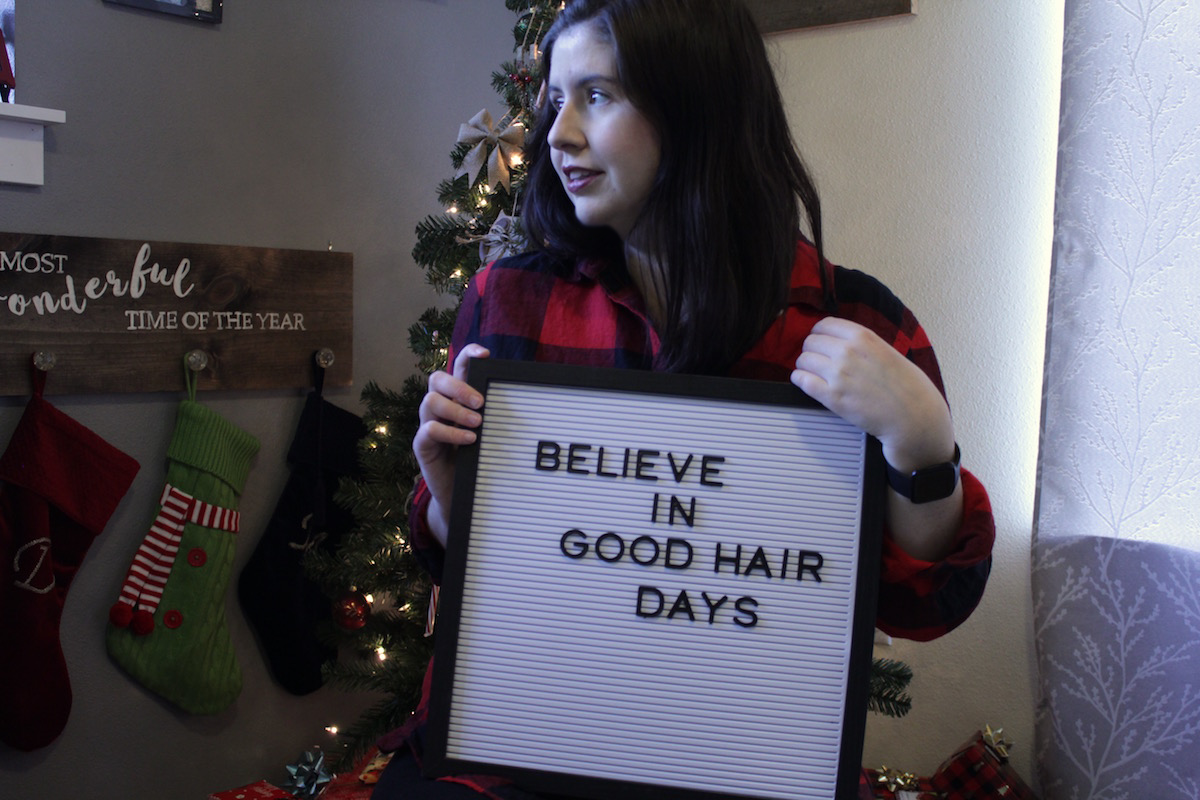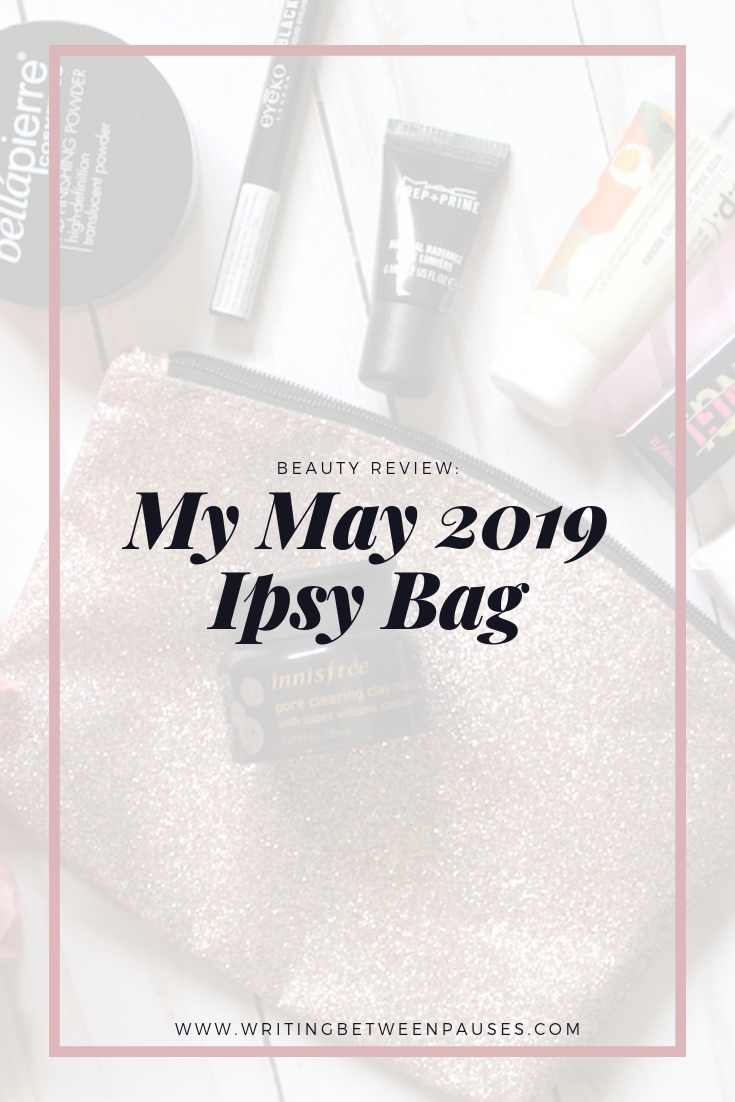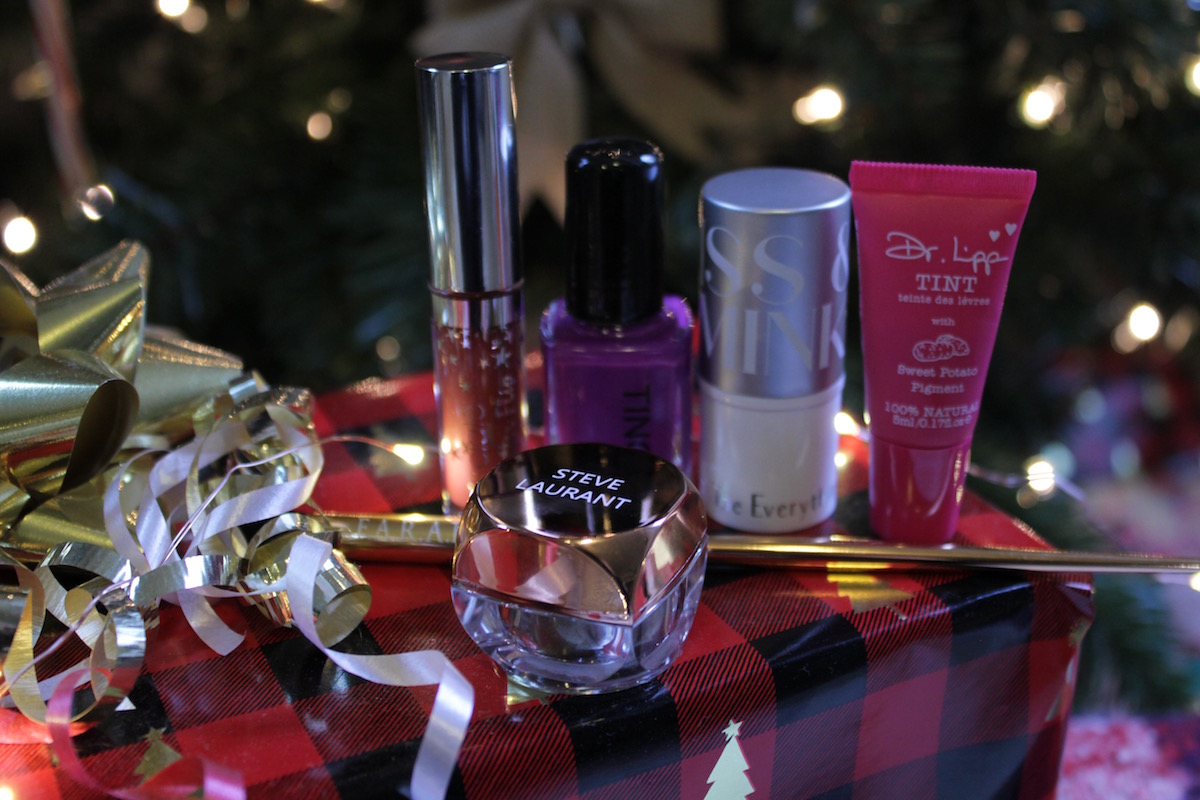Back when I was in middle school, Clearasil came out with these acne patches—little clear, round patches that you could put over zits and pimples with the intention to help them heal faster. They definitely worked, because I used them somewhat religiously for at least 2 years. But then they stopped making them, I stopped looking for them, and I never thought of it again.
However, in the past few years, tons of brands have come out with things that are very similar. And as it turns out, you have been able to buy essentially what Clearasil marketed for years in the pharmacy—it just wasn’t marketed to teenagers. Cool!
Sometimes, physically covering a pimple is the best way to keep yourself from picking on it—I know that’s true for me. I really wanted to try some of these “new” (to me) patches, but often found the cost prohibitive on the ones my friends said really worked. I asked tons of beauty groups and they all recommended K-beauty brands—which is fine and good, but so expensive to order sometimes.
Alba Botanica is a drugstore brand—you can find it at Target—and they sell “Acnedote Pimple Patches”. I looked at them in Target, then backed off at the price. $10, for a set of 40 patches. That felt like quite a bit. (I just looked at the Target website and they are $6 on there—but recently Target has made clear that there are things that are more expensive in store than on their website. So make sure to scan everything with the Target app and get price matches done!) I decided to pass.
10 minutes later, I found the exact same thing in TJ Maxx. For $4. Score.
So, here’s the real question: are acne patches worth it? Do they still work as well as I remember them working in middle school?
The answer is, yes and no.
I had two larger pimples on my chin that I wanted gone, so I slapped a patch on them and left it on overnight. In the morning, both pimples had large whiteheads. I remember this happening when I was younger; if nothing else, the patch would make the pimple get a head so you could pop it. However, I’m at an age where i know that’s not a good thing to do. However, when I peeled off the patches, it peeled the thin skin off and popped them for me.
So I was left with two big scabs.
Yeah, not sure that’s an improvement.
The two scabs did heal pretty fast after that, as I babied them. I decided to try these patches with some smaller whiteheads that popped up around my temples (thanks to my glasses rubbing) and they were much better at getting rid of those overnight, without a damaging scab in its place.
Basically, I think there are two really good ways to use these patches:
To stop yourself from worrying a large pimple (such as a cyst)
To get rid of small comedones
However, my big warning is: these patches do help make zits more “poppable”, which is debatably a good thing. If you have a big cyst, sometimes you just want to be able to pop it so it will stop hurting. In that situation, these are miracle workers; they help drain the inflammation and create a head, so you can get rid of the cyst faster. For comedones, they really do get rid of them overnight.
Are these worth it? Yes. I’m going to keep testing them out throughout the next few months, and try to find other brands to test alongside, but I do like them—even though my first experience was a little negative. I think, as with any beauty product, you have to keep your expectations realistic, especially in terms of what it achievable and what isn’t.



































